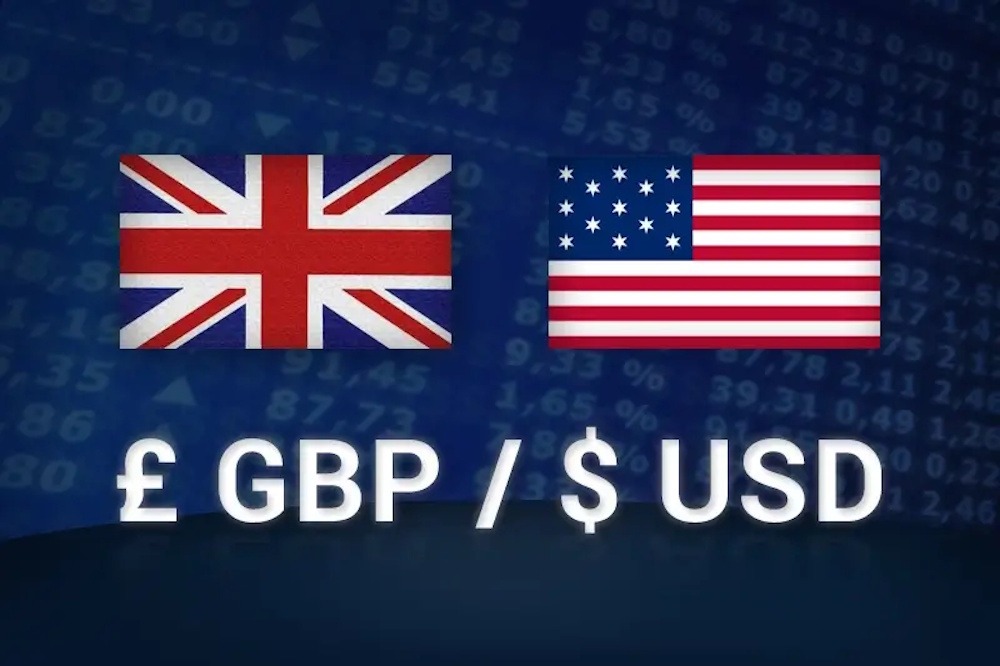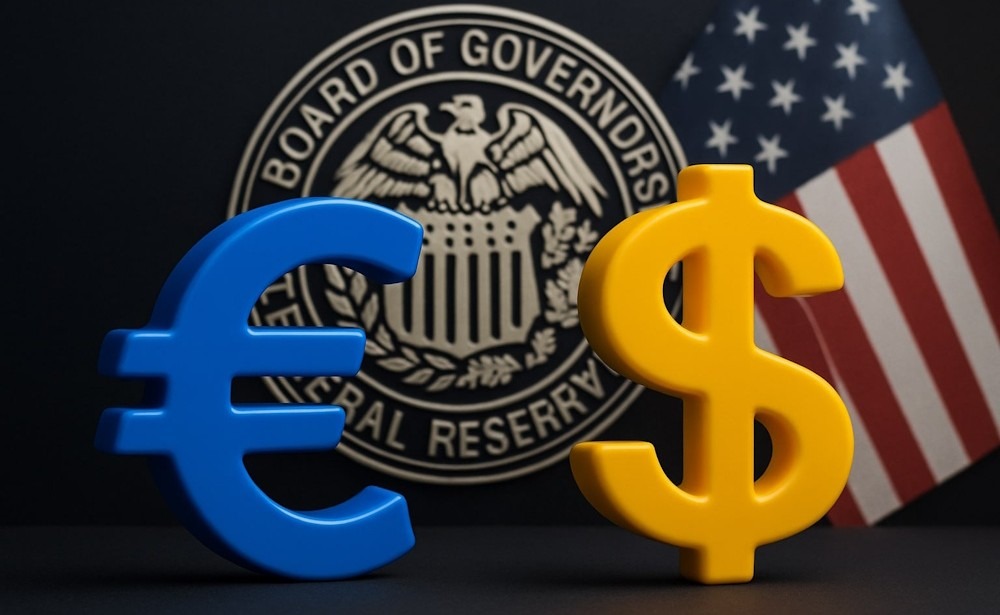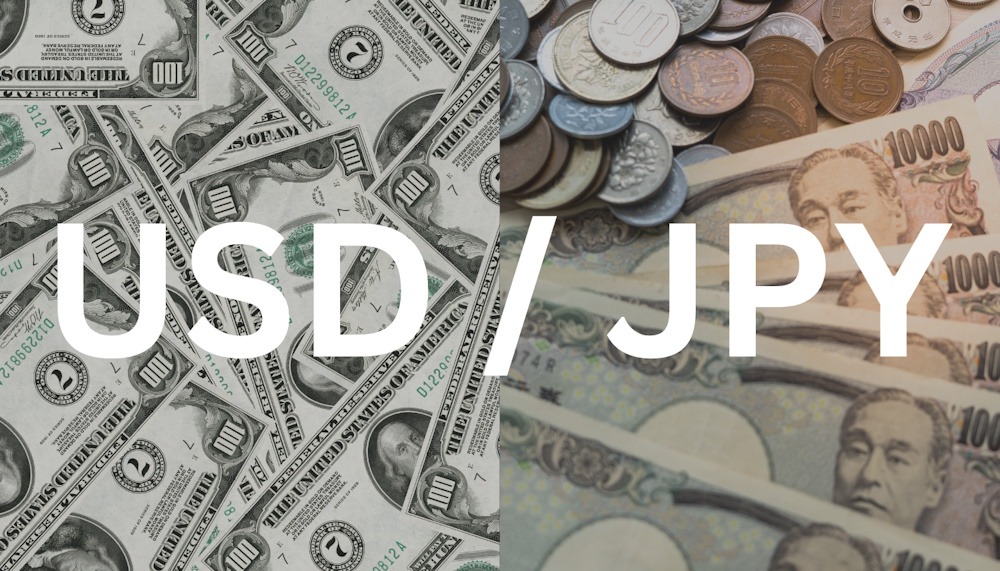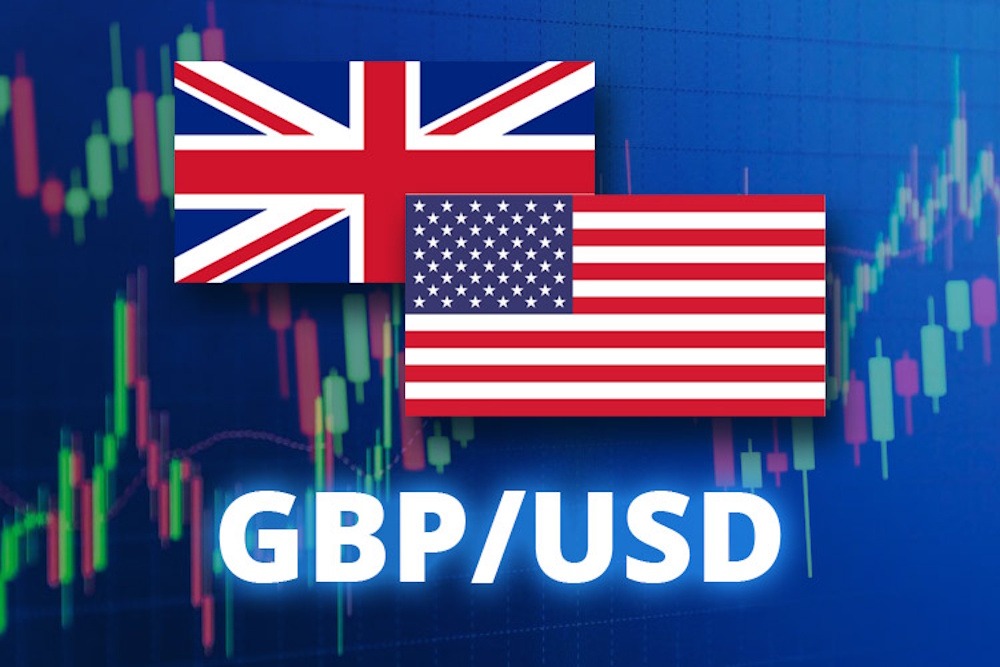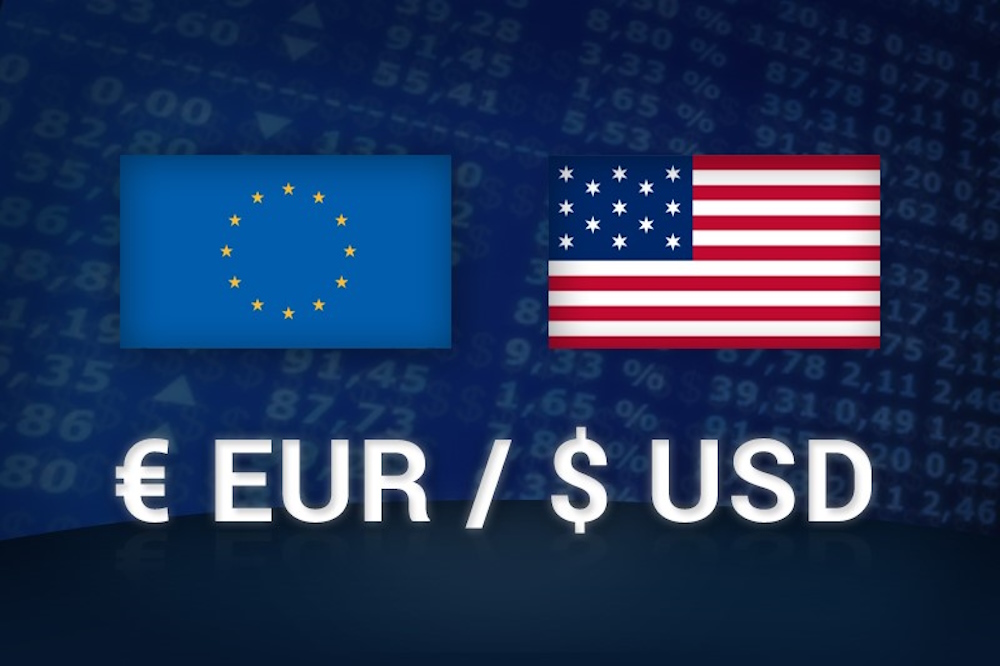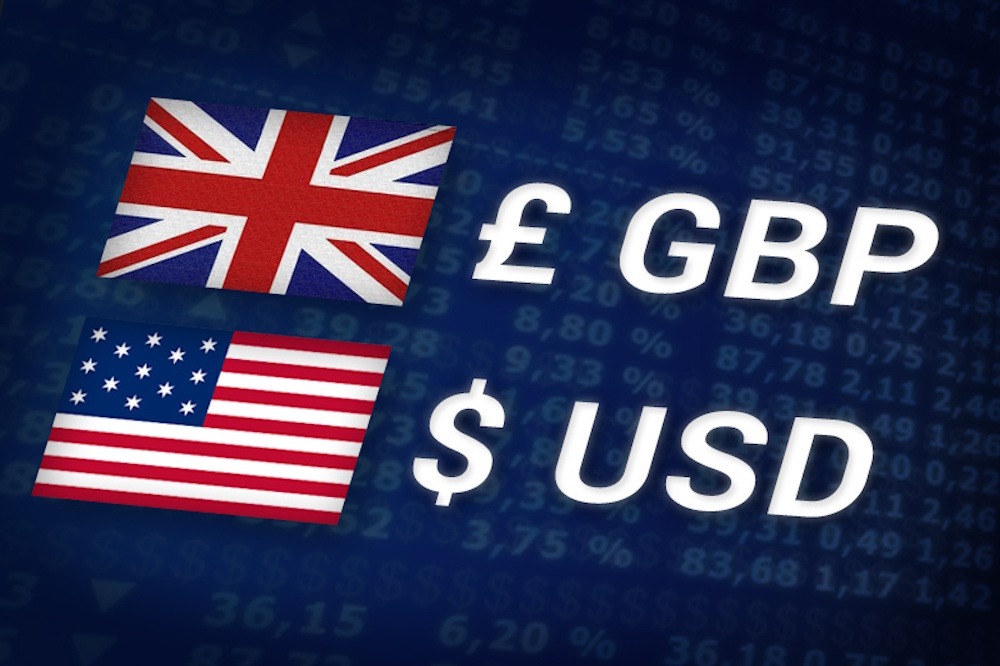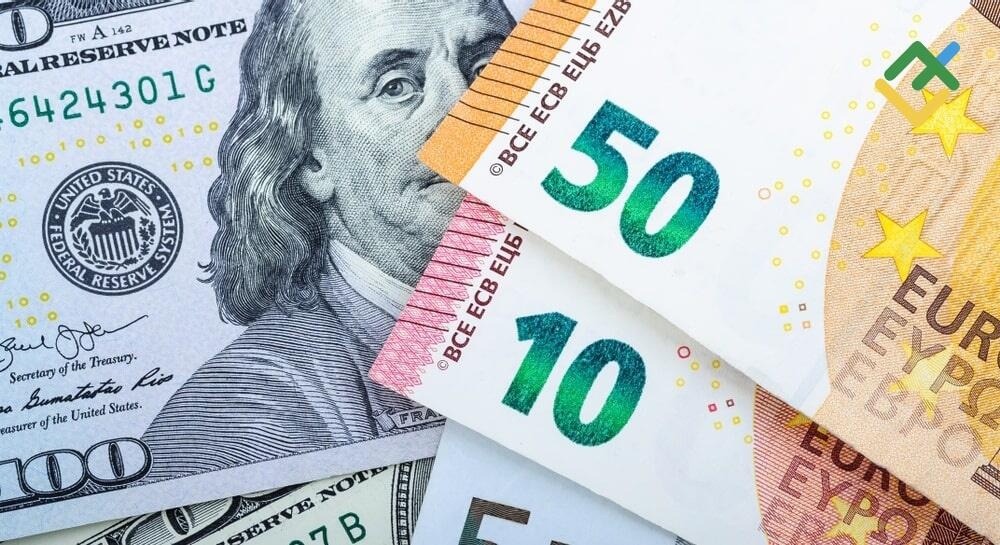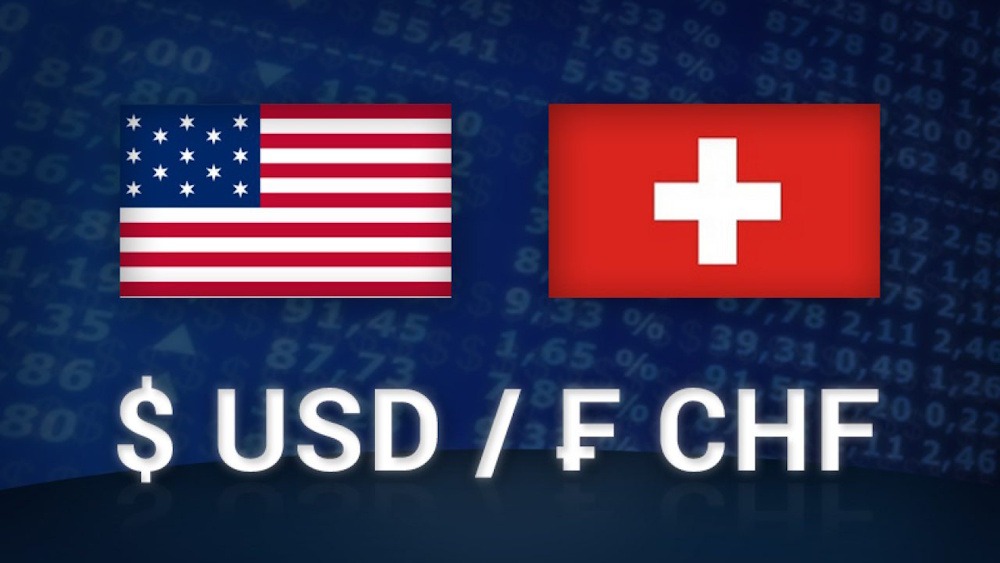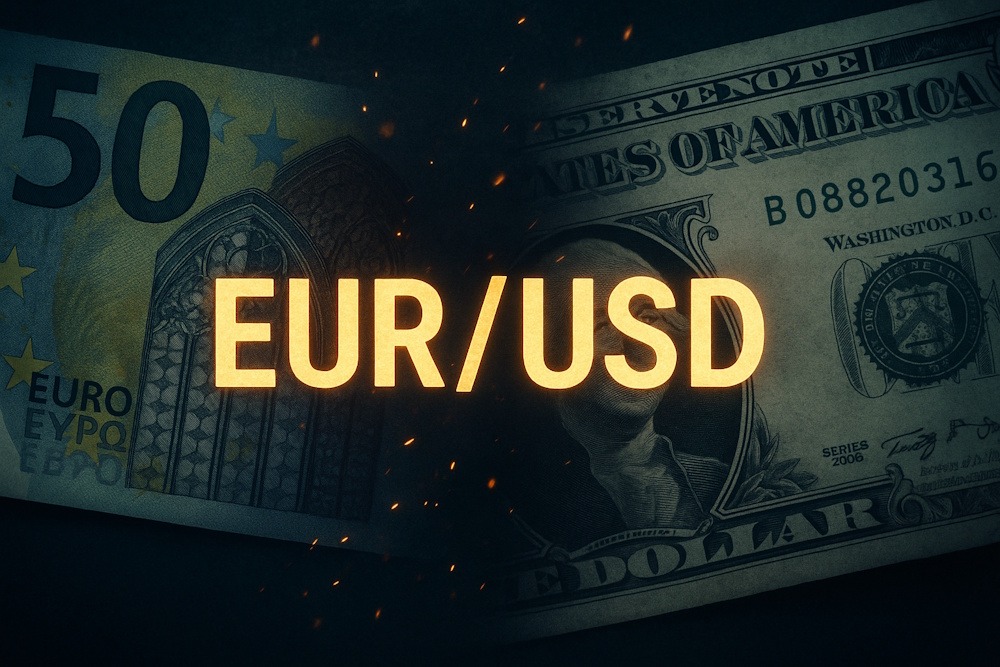GBP/USD Holds Steady Amid US Shutdown Hopes and BoE Insights
GBP/USD is currently consolidating in the North American session on Monday, holding steady around 1.3150. This stability arises alongside growing speculation about a possible resolution to the US government shutdown, lending support to the US Dollar, which has regained some of its previous losses. GBP/USD stays steady as progress in the US Senate boosts optimism … Read more

